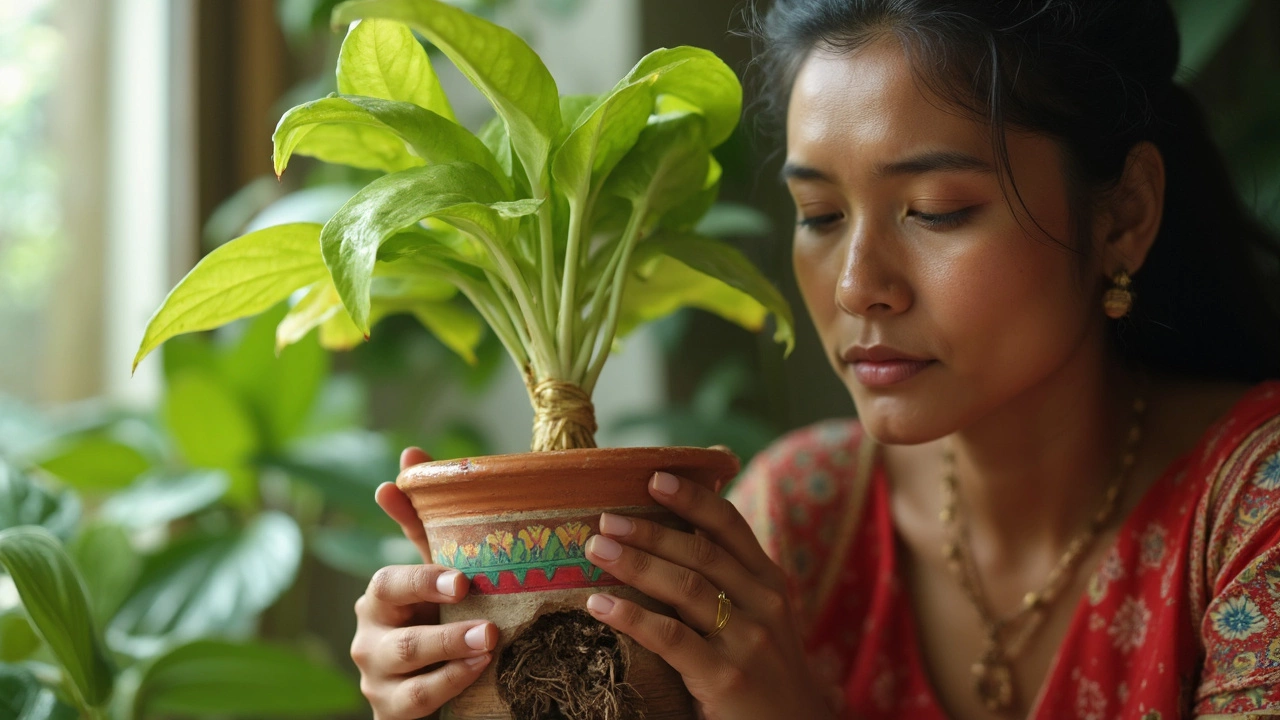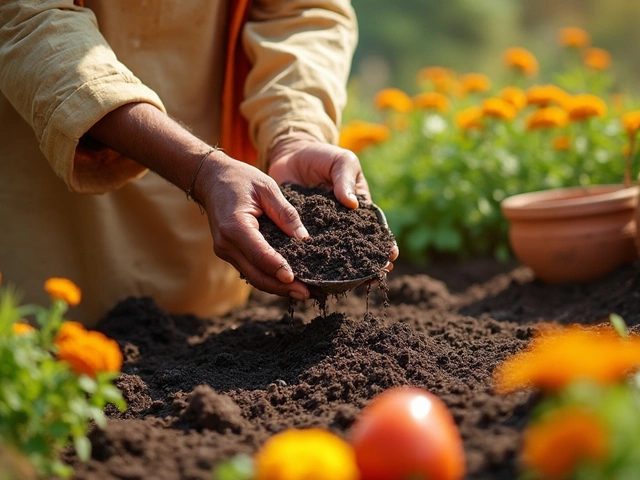Hydrogen Peroxide for Garden Health: Simple Ways to Use It
Ever wondered why some gardeners swear by hydrogen peroxide? It’s a cheap, readily available liquid that does more than clean cuts. In the garden it can boost seed germination, fight root rot, and keep tools sterile. Let’s see how you can add it to your routine without any hassle.
Why Use Hydrogen Peroxide?
Hydrogen peroxide (H₂O₂) releases oxygen when it breaks down. That oxygen improves soil aeration, kills harmful microbes, and helps seedlings breathe. It’s also a mild disinfectant, so you can clean pots, pruning tools, and even watering cans without harsh chemicals.
Practical Ways to Apply It
1. Seed Soaking
Mix one part 3% hydrogen peroxide with nine parts water. Soak seeds for 15‑20 minutes, then rinse. This quick dip kills surface fungi and speeds up germination. Try it with tomatoes, chilies, or any Indian vegetable seed.
2. Root Treatment
When you notice root rot, prepare a solution of 1 tablespoon H₂O₂ per liter of water. Water the affected plant with this mix once a week. The extra oxygen helps healthy roots recover and discourages rot‑causing microbes.
3. Foliar Spray
For a mild pest deterrent, spray a 1% solution (1 part 3% H₂O₂ to 2 parts water). It can knock back aphids, spider mites, and powdery mildew without burning leaves. Test on a few leaves first to ensure no sensitivity.
4. Soil Renewal
If your garden soil feels compacted, drench it with a 0.5% solution (½ teaspoon per liter). The oxygen bubbles improve drainage and encourage beneficial microbes. Use this after heavy rains or before planting a new crop.
5. Tool Sanitizing
Soak pruning shears, knives, and pots in a 3% solution for 5 minutes, then rinse. This kills pathogens that could spread diseases between plants. A quick rinse with plain water afterward prevents any residue.
6. Compost Boost
Add a splash of 3% hydrogen peroxide to your compost heap. The extra oxygen speeds up decomposition and reduces foul odors. Just a few milliliters per kilogram of compost material is enough.
Remember, the key is dilution. Undiluted 3% hydrogen peroxide can scorch delicate seedlings or fresh cuts. Always mix with water first and store the solution in a cool, dark place to keep it stable.
For Indian gardeners, timing matters. Use these tricks during the monsoon season to combat fungal diseases, or in the scorching summer to keep soil moist and aerated. The same low‑cost approach works in both small balcony gardens and larger backyard plots.
If you’re new to hydroponics, hydrogen peroxide can be a game changer. A 1‑ml dose per liter of nutrient solution helps keep the system clean and oxygenated, reducing algae growth and root stress.
Finally, keep an eye on plant response. If leaves turn yellow or show signs of stress, reduce the concentration or frequency. Every garden is different, so a little trial and error will fine‑tune the right routine for you.
With these straightforward steps, hydrogen peroxide becomes a versatile tool in your gardening toolbox. It’s cheap, safe, and easy to use—exactly what every gardener wants. Give it a try and watch your garden become healthier and more resilient.

Does Hydrogen Peroxide Help Root Rot? The Real Story for Indoor Plants
Root rot is a headache for anyone who loves indoor plants. Hydrogen peroxide is often recommended as a quick fix, but does it really work? This article covers how hydrogen peroxide affects root rot, the science behind it, and how to use it safely. You'll get clear tips on spotting root rot early and avoiding it in the first place. If you're looking for simple, effective advice, you're in the right place.
About
Indoor Plant Care
Latest Posts


Why Is Drip Irrigation So Expensive? Breaking Down the Real Costs and Saving Tips
By Alden Thorne Jul 22, 2025

What Flower Takes 30 Years to Bloom? The Slow Life of the Talipot Palm
By Alden Thorne May 25, 2025

How to Stop Houseplants From Dying: Proven Tips for Thriving Indoor Plants
By Alden Thorne Jul 3, 2025
